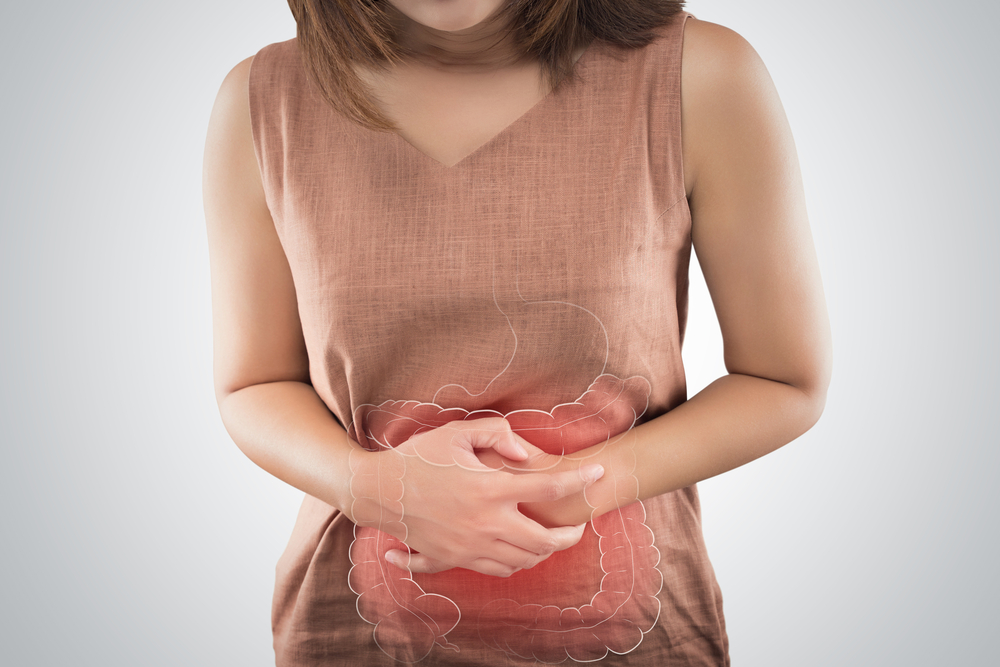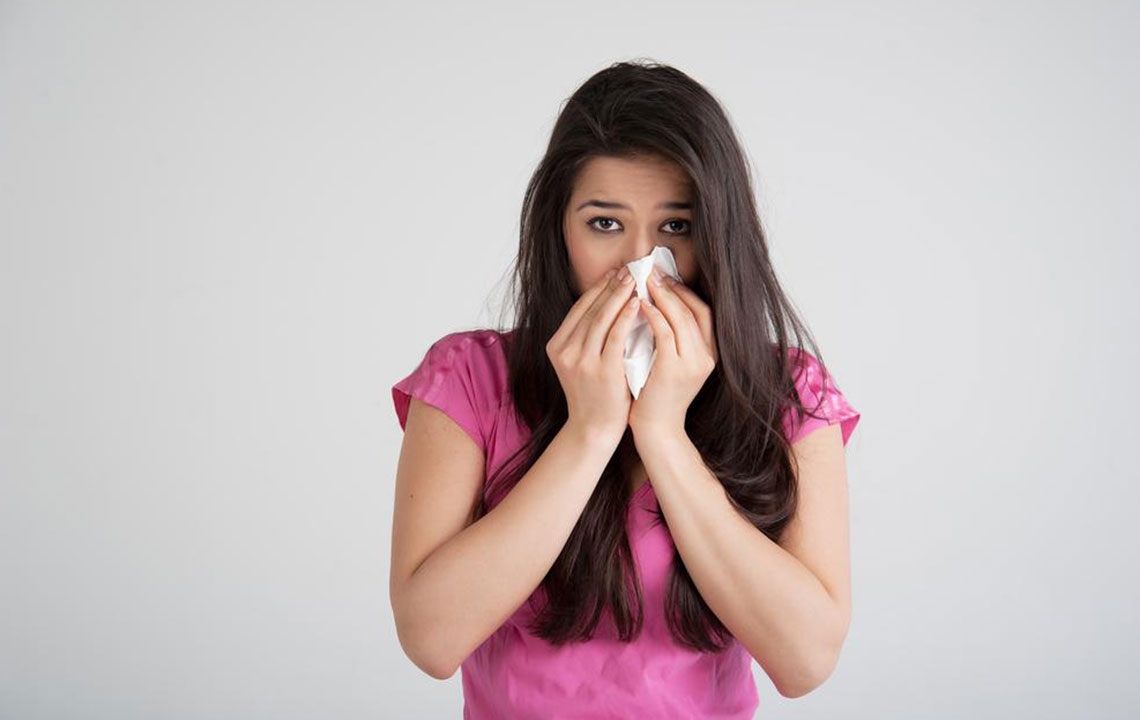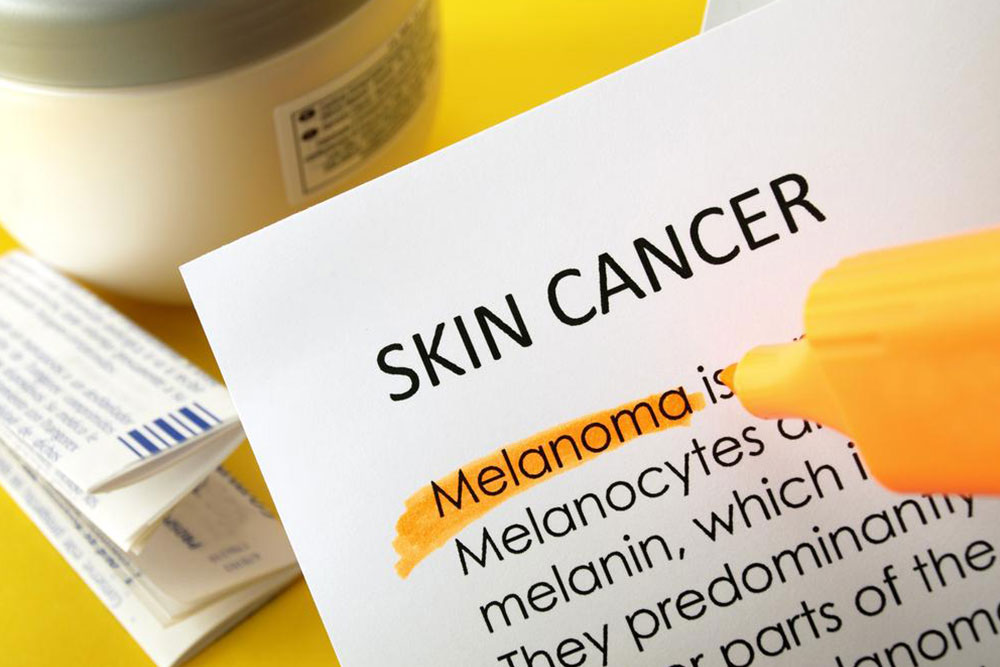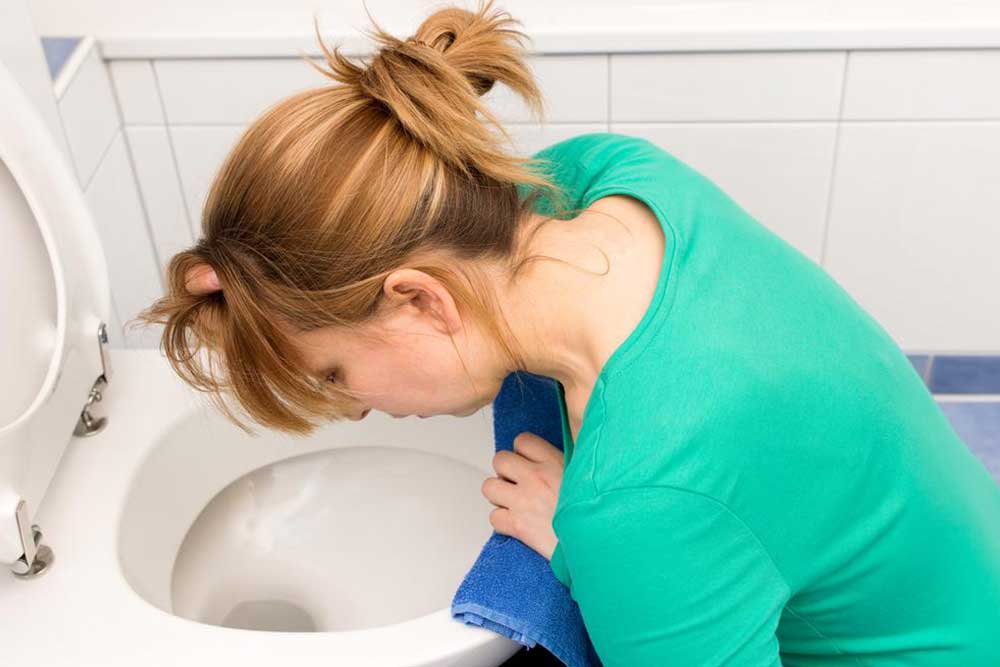Understanding Colon Polyps: Types, Causes, and Prevention Strategies
This comprehensive guide explains colon polyps, detailing their types, causes, risk factors, symptoms, diagnostic methods, and prevention strategies. It emphasizes healthy lifestyle choices and regular screenings for early detection and reduction of cancer risk, providing vital information for maintaining colon health.

Understanding Colon Polyps: Types, Causes, and Prevention Strategies
Colon polyps are abnormal growths that develop on the inner lining of the large intestine and often extend into the intestinal cavity. They result from genetic mutations in the lining cells, disrupting normal cell maturation and death processes. Normally, colon cells grow and shed in a regulated cycle, but genetic alterations cause the accumulation of immature, abnormal cells, leading to polyp formation.
This article aims to increase awareness about colon polyps, exploring their types, symptoms, diagnosis, causes, and prevention methods.
Different Types of Colon Polyps
Inflammatory Polyps: Also called false polyps, these are common in individuals with inflammatory bowel diseases like Crohn’s disease or ulcerative colitis. They are benign and rarely turn cancerous.
Adenomatous Polyps: Known as adenomas, these account for about 70% of colon polyps and can become malignant over time, taking years to progress.
Hyperplastic Polyps: Characterized by rapid cell growth, hyperplastic polyps are usually small and have a low risk of turning into cancer.
Villous Adenomas: These larger, cauliflower-like growths have a higher chance (around 30%) of becoming cancerous, often requiring surgical removal.
Causes of Colon Polyps
The exact causes remain unknown, but they are believed to involve a combination of genetic and environmental factors that promote abnormal tissue growth.
Risk Factors for Developing Colon Polyps
Age: Risk increases with age.
Family History: A family history of colon polyps or cancer raises susceptibility.
Gender: Men are slightly more at risk.
Race: Black individuals are at increased risk.
Alcohol and Red Meat: Excess consumption is linked to higher risks of polyps and colorectal cancer.
Lack of Dietary Fiber: Low fiber intake raises colon cancer risk and supports polyp development.
Smoking and Obesity: Both are associated with a higher risk of colon polyps and malignancies.
Diagnosis of Colon Polyps
Procedures include colonoscopy, sigmoidoscopy, barium enema, CT colonography, and stool tests.
Symptoms of Colon Polyps
Changes in stool color
Rectal bleeding
Iron deficiency anemia
Altered bowel habits
Abdominal discomfort
Blood in stool
Fatigue
Prevention Measures
Healthy Lifestyle: Incorporate fruits, vegetables, and whole grains into your diet. Avoid excessive fats, alcohol, and tobacco. Maintain an active lifestyle and a healthy weight to reduce risk factors.
Medical Screening: Those with family history or other risk factors should seek regular colonoscopies and medical advice to detect and prevent polyps early.










